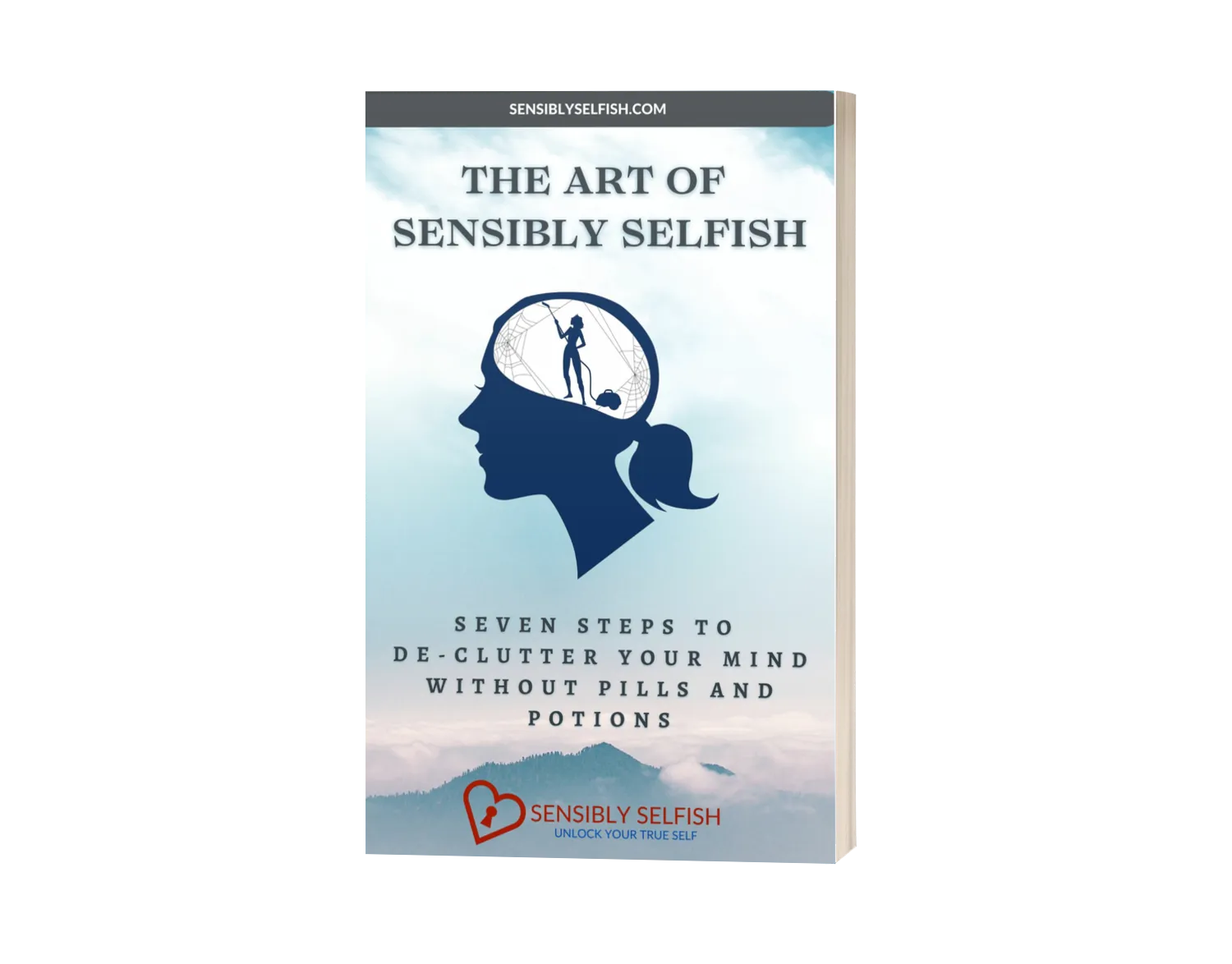A Breath of Fresh Air
Nontoxic Alternatives to Modern Air Fresheners for a Healthier Home

[Toc]
Have you ever wondered about the hidden risks lurking in the seemingly innocent air fresheners we use every day? Do certain scents cause you to sneeze or irritate your eyes? What if there were safer and more mindful ways to make your living space not just smell better, but feel better too?
The quest for a holistic and health-conscious living environment begins here. Picture a home where every breath you take is infused with the soothing scents of nature. Let’s transform your living space into a sanctuary of well-being. Read on to find out about essential oils, ancient smudging rituals, and so much more.
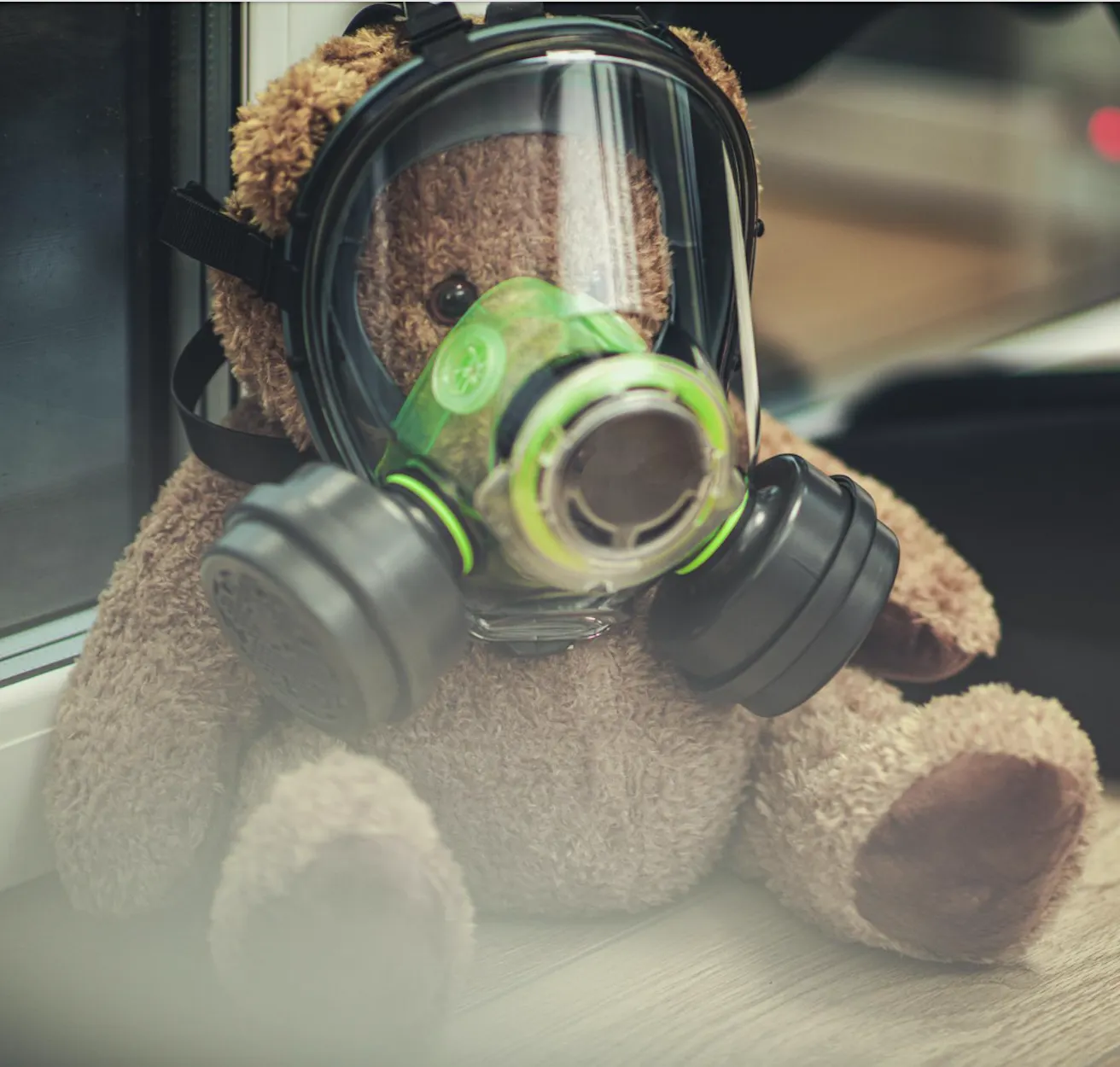
The Hazards of Modern Air Fresheners and Synthetic Fragrances
Synthetic fragrances have become ubiquitous in our daily lives, from scented candles to air fresheners. Yet, beneath their enticing aromas lies a potential health hazard. These fragrances often contain a concoction of unregulated chemicals that can trigger a range of health issues, especially for women over 45.
Many products list "parfum" or "fragrance" on their labels, which can encompass hundreds of undisclosed chemicals, some of which are linked to allergies, asthma, and even hormonal disruption.
One particularly concerning aspect is "parfum," a blanket term that conceals the true nature of the ingredients. The proprietary nature of fragrance formulations allows companies to keep these ingredients hidden, leaving consumers unaware of what they're exposed to. As women undergo hormonal changes during menopause, exposure to these synthetic compounds can exacerbate symptoms such as hot flashes, headaches, and mood swings.
Nontoxic Alternatives to Air Fresheners
Embracing nontoxic alternatives can not only create a safer home environment but also promote better indoor air quality. Natural ingredients like essential oils, baking soda, and citrus peels offer a wide range of pleasant scents without the risks associated with synthetic fragrances. Essential oils, derived from plants, not only offer delightful aromas but also possess therapeutic properties that can positively impact well-being.
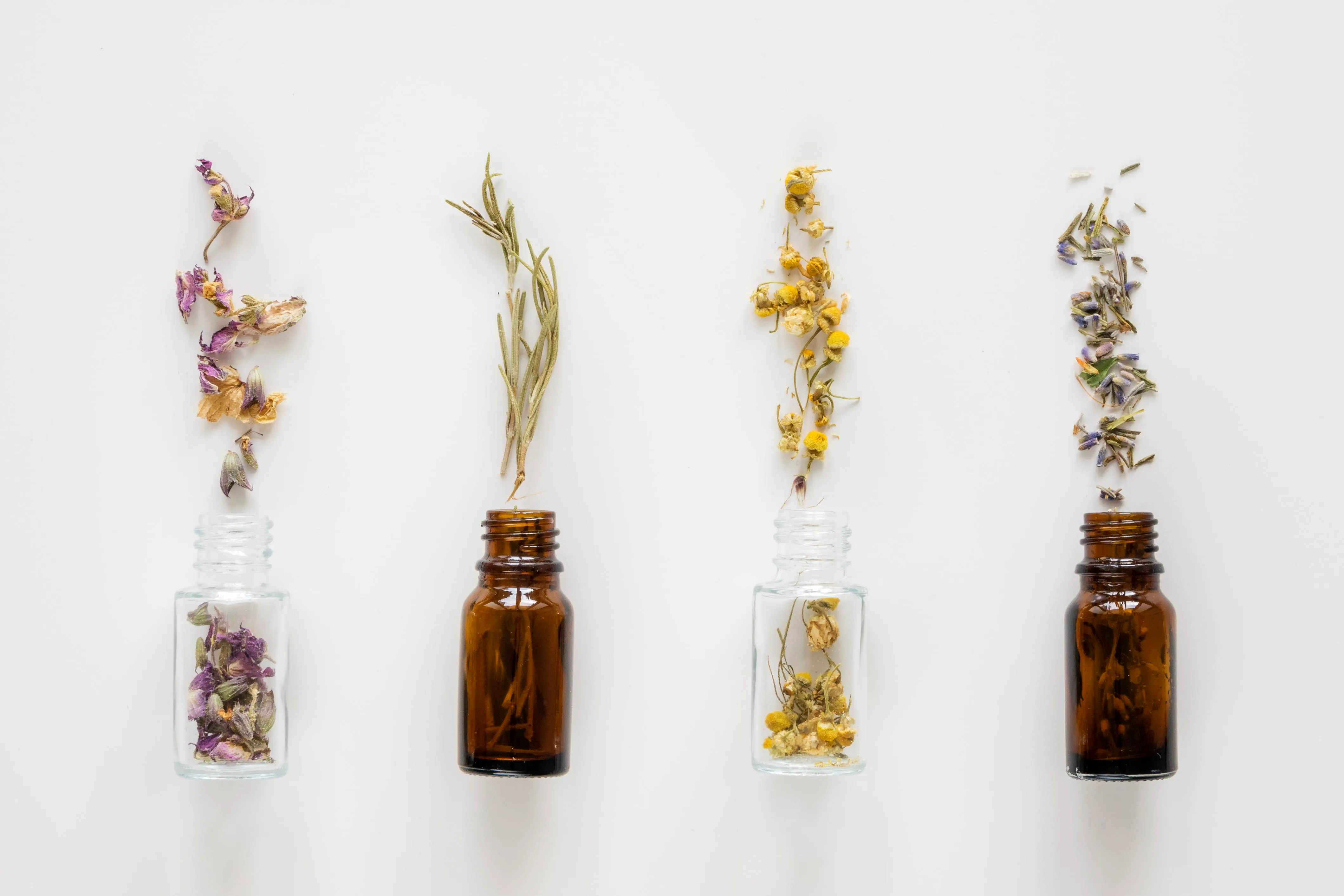
Embracing Essential Oils
Essential oils, distilled from various plant parts, are powerful allies in creating a healthier living environment. Essential oils can offer unique benefits that align with the changing needs of women in midlife. Lavender oil, known for its calming properties, can help alleviate stress and promote better sleep, which can be particularly beneficial during menopause.
Citrus oils like orange and lemon can uplift mood and provide a refreshing aroma, offering a natural way to combat mood swings and low energy. Clary sage oil has been linked to hormonal balance and could aid in managing hormonal fluctuations that occur during this life stage. By incorporating essential oils into your daily routine, you can transform your home into a sanctuary of well-being.
Essential oils have gained popularity as a natural and aromatic way to enhance our living spaces. Essential oils can be powerful allies. However, it's crucial to prioritize safety and quality.
When using essential oils, opt for products from reputable local sources that ensure purity and authenticity. Aromatherapy, through diffusers or DIY air fresheners, can promote relaxation, improve mood, and even offer hormone-balancing benefits tailored to the needs of this life stage.
While essential oils can offer a host of benefits, they should never be ingested without proper guidance from a trained aromatherapist. It's advisable to consult with a professional before using essential oils, especially if you're new to their application. Prioritizing safety and seeking advice from experts will help you harness the full potential of essential oils while safeguarding your well-being.
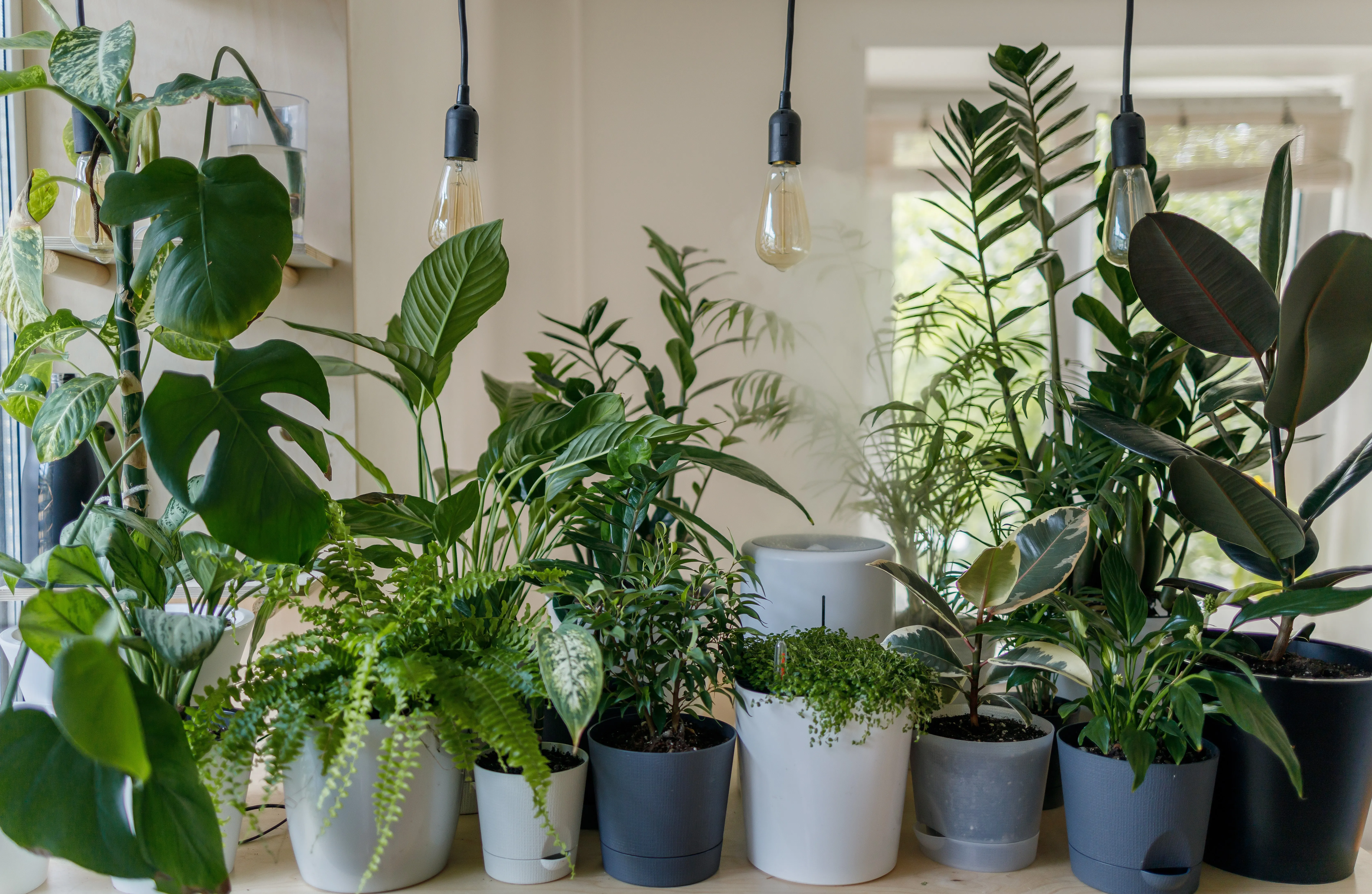
Houseplants
Houseplants, often touted for their decorative value, can also play a significant role in improving indoor air quality. They act as natural air purifiers, filtering out toxins and releasing oxygen, thus contributing to a healthier and fresher atmosphere. Incorporating these alternatives not only reduces your exposure to harmful chemicals but also brings nature's scents into your home.
Houseplants are not only decorative but also excellent natural air purifiers. They can help remove toxins and improve indoor air quality. Here's a list of some common houseplants known for their air-cleaning properties:
Spider Plant (Chlorophytum Comosum): This easy-to-care-for plant is effective at removing pollutants like formaldehyde and xylene from the air.
Snake Plant (Sansevieria Trifasciata): Also known as the mother-in-law's tongue, this plant is known for its ability to filter out formaldehyde, benzene, and other chemicals.
Peace Lily (Spathiphyllum): With its elegant white blooms, the Peace Lily is effective at removing toxins like ammonia, formaldehyde, and benzene.
Boston Fern (Nephrolepis exaltata): This lush fern can help remove pollutants such as formaldehyde and xylene. It also increases humidity in the air.
Aloe Vera (Aloe Barbadensis Miller): Not only is aloe vera great for soothing skin, but it also helps clear the air of pollutants like formaldehyde and benzene.
Rubber Plant (Ficus Elastica): The rubber plant is effective at removing formaldehyde from indoor air. It's also relatively low-maintenance.
Devil's Ivy (Epipremnum Aureum): Also known as pothos or golden pothos, this trailing plant is good at removing indoor pollutants and is easy to care for.
Dracaena (Dracaena spp.): There are several varieties of dracaena, all of which can help filter out toxins like formaldehyde, benzene, and trichloroethylene.
Areca Palm (Dypsis Lutescens): This palm is known for its air-purifying properties and its ability to add moisture to the air.
Bamboo Palm (Chamaedorea Seifrizii): Another palm variety, the bamboo palm, is effective at removing formaldehyde and benzene.
Gerbera Daisy (Gerbera Jamesonii): With its colorful blooms, the gerbera daisy can help remove toxins like benzene and trichloroethylene.
Chinese Evergreen (Aglaonema): Chinese evergreens are known for their air-purifying qualities and tolerance for low light conditions.
While houseplants can help improve indoor air quality, they're not a substitute for proper ventilation and cleanliness (see below). Also, some plants might be toxic to pets, so if you have furry friends, make sure to choose plants that are safe for them. Having a variety of these air-purifying houseplants can contribute to a healthier and more refreshing living environment.
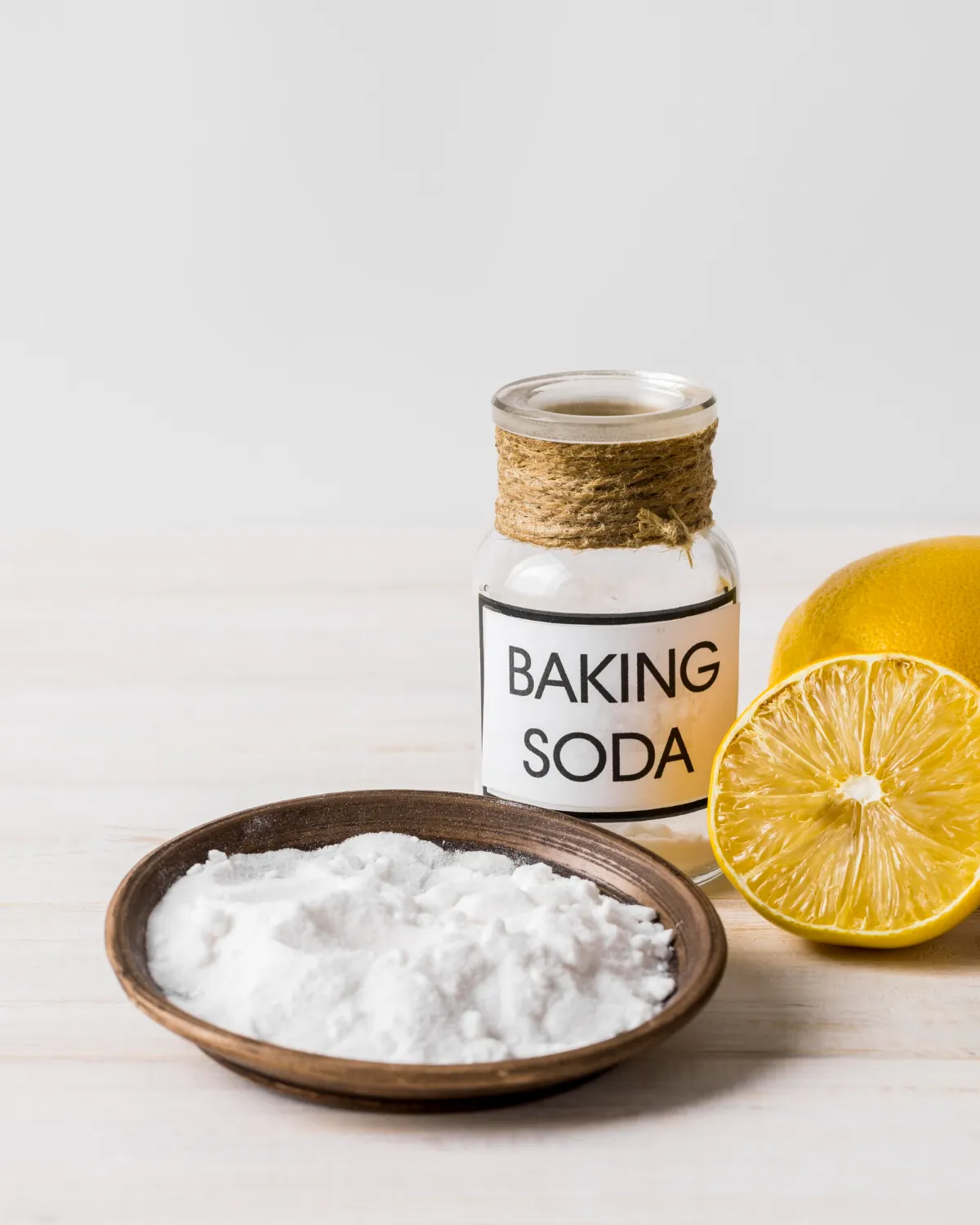
Baking Soda
Baking soda, also known as sodium bicarbonate, is a versatile household ingredient that can do more than just help your baked goods rise. When it comes to eliminating odors, baking soda shines. It works by neutralizing acidic and alkaline substances that can produce unpleasant smells. Here's how you can use baking soda to freshen up your home:
Carpet and Upholstery Deodorizer: Sprinkle baking soda over your carpets, rugs, and upholstered furniture. Let it sit for at least 15 minutes (or longer for more intense odors) and then vacuum it up. Baking soda can help absorb and neutralize odors trapped in fabrics.
Refrigerator Deodorizer: Place an open container of baking soda in your refrigerator to absorb unwanted odors. Be sure to replace it every few months to keep your fridge smelling fresh.
Shoe Deodorizer: Sprinkle a small amount of baking soda into your shoes to help absorb moisture and odors. Shake out the excess before wearing them again.
Trash Can Odor Control: Sprinkle a layer of baking soda at the bottom of your trash can to help absorb odors before they spread.
DIY Air Freshener: Mix baking soda with a few drops of your favorite essential oil to create a simple and natural air freshener. Place this mixture in a small container or sachet and place it around your home.
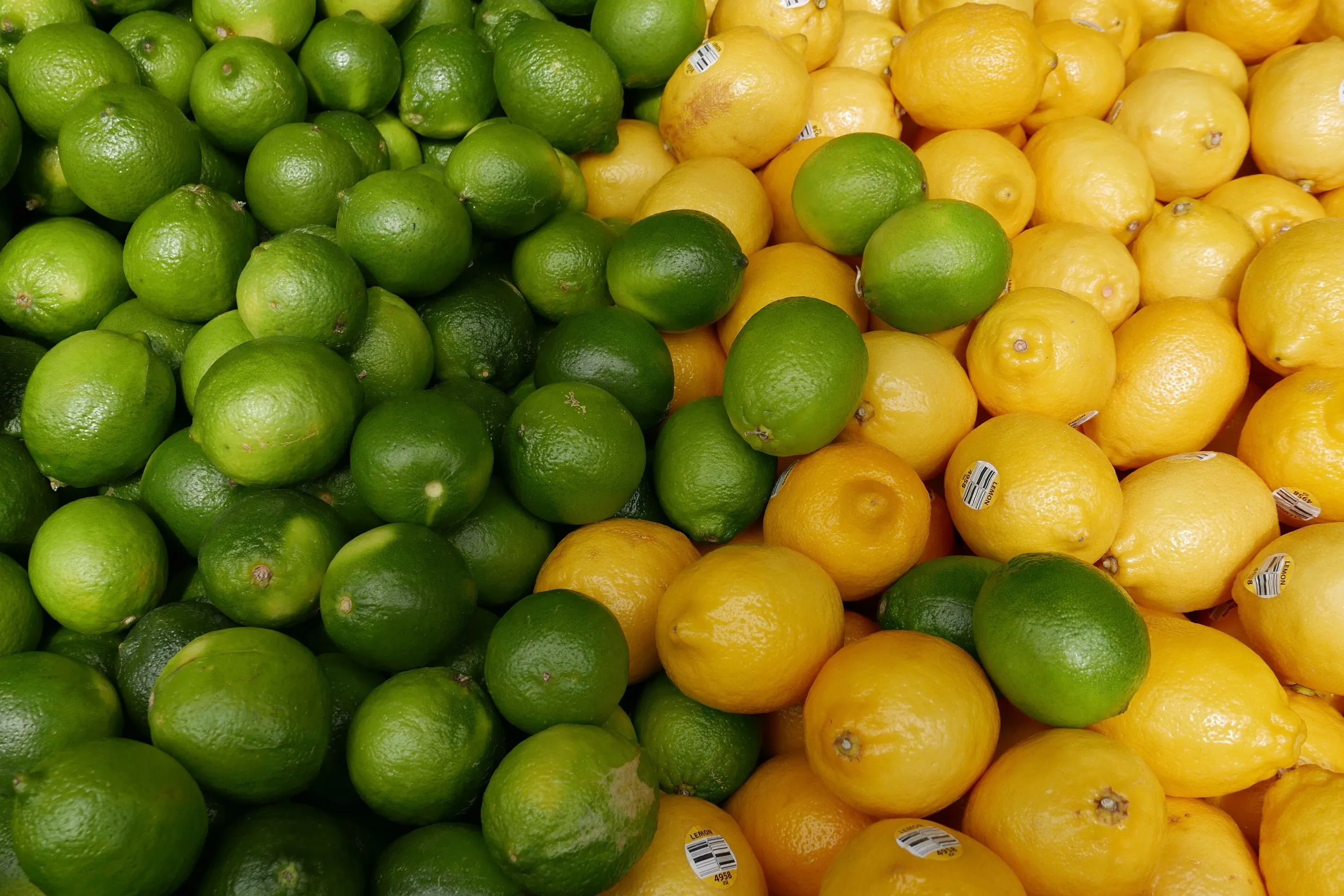
Citrus Peels
Citrus peels from fruits like oranges, lemons, limes, and grapefruits are not only fragrant but also contain natural essential oils that can add a refreshing scent to your home. Here's how you can use citrus peels for a natural aroma boost:
DIY Citrus Air Freshener: Save citrus peels after enjoying the fruit. Place the peels in a pot of water, add some spices like cinnamon sticks or cloves if desired, and let the mixture simmer on the stove. As the water evaporates, it will release a pleasant citrusy aroma throughout your home.
Homemade Cleaning Solution: Place citrus peels in a jar and cover them with white vinegar. Let the mixture sit for a few weeks, then strain out the peels. The resulting citrus-infused vinegar can be diluted with water and used as a natural cleaning solution that also imparts a fresh scent.
Natural Garbage Disposal Cleaner: Toss citrus peels into your garbage disposal and run it to help eliminate odors and give your kitchen a citrusy scent.
Drawer and Closet Freshener: Place dried citrus peels in drawers, closets, or other confined spaces to keep them smelling fresh. Replace the peels as needed.
Both baking soda and citrus peels offer simple, affordable, and effective ways to maintain a pleasant and naturally scented home environment. By incorporating these alternatives, you're not only avoiding the potential health risks of synthetic fragrances but also embracing a more sustainable and health-conscious lifestyle.
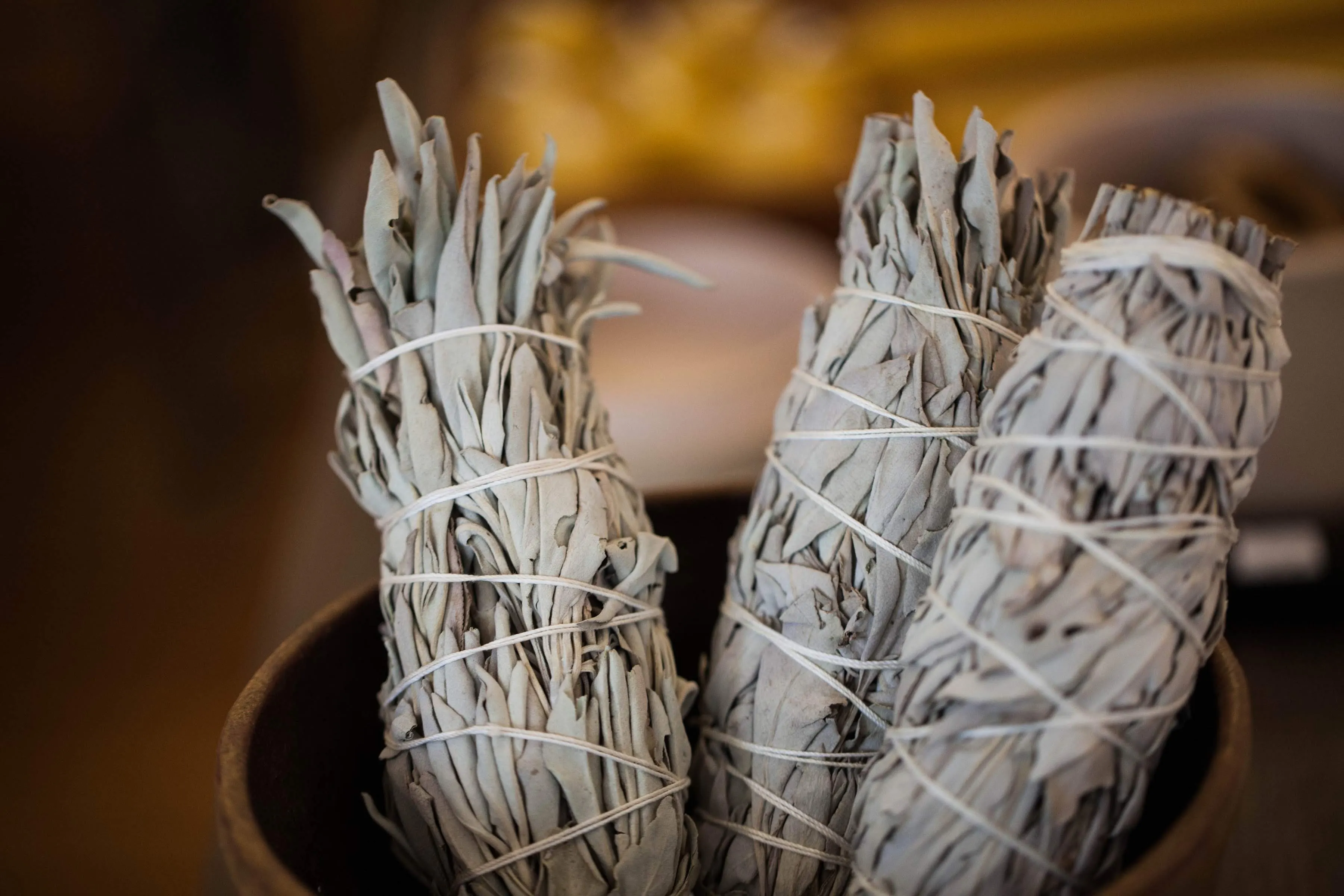
The Art of Smudging: What, Why, and How
What is Smudging?
Smudging, an ancient practice rooted in indigenous traditions, involves the ceremonial burning of herbs, typically white sage or palo santo. This ritual is deeply steeped in cultural significance and is believed to have the power to cleanse negative energy, purify spaces, and promote spiritual harmony. While the metaphysical benefits of smudging may be debated, the ritual's connection to the past and its reverence for nature's gifts make it a captivating practice.
Why Smudge?
The act of smudging extends beyond its mystical elements. It holds the potential for profound psychological and emotional impact. By engaging in this age-old tradition, you can introduce a sense of mindfulness and intention into your space. Smudging can serve as a tangible reminder to pause, reflect, and prioritize your well-being. As women over 45 navigate life's transitions, creating moments of stillness and introspection becomes even more essential, and smudging can provide a unique outlet for this.
How to Smudge
Embracing a smudging ritual is accessible and simple. To start, light the sage bundle and allow it to smolder, releasing fragrant smoke. Carry the bundle throughout your home, allowing the smoke to reach corners and hidden spaces. While doing so, set your intentions for cleansing, renewal, or any other positive energy you wish to invite. Keep a heat-resistant container, such as an abalone shell, handy to catch any ashes. As the smoke clears, you may find a sense of rejuvenation and positivity settling in your space—a result of both the ritual itself and the mindful moments it encourages.

Prioritizing Proper Ventilation and Cleanliness
While incorporating natural alternatives and houseplants can significantly contribute to a healthier indoor environment, it's important not to overlook the basics of proper ventilation and cleanliness. Adequate ventilation helps to circulate fresh air, dilute indoor pollutants, and prevent the buildup of odors. Regularly opening windows, using exhaust fans, and allowing fresh air to flow through your home can make a substantial difference.
Maintaining cleanliness is equally crucial. Dust, dirt, and pet dander can accumulate and contribute to indoor air pollution. Regular cleaning routines, including dusting, vacuuming, and mopping, can help reduce allergens and pollutants. Consider using a vacuum cleaner equipped with a HEPA filter to effectively trap tiny particles and allergens from the air and surfaces.
Furthermore, pay attention to areas that are prone to moisture, such as bathrooms and kitchens. Mold and mildew thrive in damp environments and can negatively impact air quality. Regularly clean and dry these areas to prevent the growth of mold and maintain a healthier indoor environment.
Creating a Sensibly Selfish Home Environment
Crafting a sensibly selfish home environment is an act of self-care that benefits both physical and emotional well-being. By avoiding synthetic fragrances and embracing natural alternatives like DIY air fresheners and smudging, you're making a conscious choice to prioritize health over convenience. This holistic approach aligns perfectly with the needs of women over 45, who are navigating the unique challenges of this life phase.
The changes you make don't need to be drastic to yield significant results. Small shifts, such as incorporating essential oils into your routine or performing a smudging ritual, can collectively contribute to a more mindful and nurturing living space. By curating a home that resonates with your well-being, you're taking a meaningful step toward a more balanced and fulfilled life.








